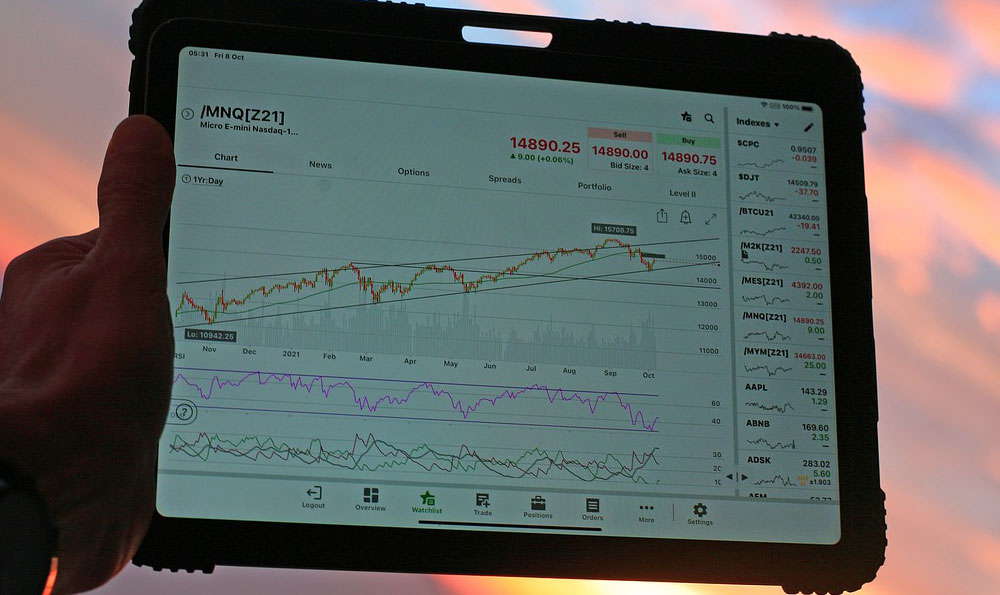Twitch, the leading live-streaming platform for gamers and beyond, has revolutionized how people consume and interact with entertainment content. Understanding how Twitch generates revenue provides valuable insights into the platform's business model and its long-term sustainability. It’s not simply a free service; a complex ecosystem of revenue streams fuels its operation and growth.
One of the primary drivers of Twitch's revenue is advertising. Like traditional media platforms, Twitch displays advertisements to viewers across its website and apps. These ads come in various forms, including pre-roll video ads that play before a stream begins, mid-roll ads that interrupt a stream at specific intervals, and display ads that appear in sidebars and other areas of the interface. The revenue generated from these ads is shared between Twitch and the streamers, typically following a 50/50 split for partners, incentivizing streamers to incorporate ads into their broadcasts. The more viewers a channel attracts, the more valuable the ad inventory becomes, leading to higher advertising revenue. This model encourages streamers to actively build their audience and create engaging content that retains viewers, directly benefiting both the streamer and Twitch itself. Twitch’s ad revenue is influenced by factors such as viewer demographics, ad formats, and the overall advertising demand in the market.
Subscriptions form another crucial pillar of Twitch's revenue strategy. Viewers can subscribe to individual channels for a monthly fee, typically around $4.99, $9.99, or $24.99, unlocking various benefits, such as exclusive emotes (custom emojis), chat badges that denote their subscription status, and immunity from slow mode restrictions in chat. Twitch generally splits subscription revenue 50/50 with its partners. These subscriptions provide a stable and recurring income stream for streamers, allowing them to invest in better equipment, create higher-quality content, and dedicate more time to streaming. They also foster a sense of community and loyalty among viewers, strengthening the bond between streamers and their audience. Twitch Prime subscriptions, included with an Amazon Prime membership, also contribute to this revenue stream. When a Prime member uses their free monthly Twitch Prime subscription on a channel, the streamer receives the same revenue as a standard Tier 1 subscription. This integration with Amazon Prime provides a significant boost to subscription numbers and revenues, leveraging Amazon's massive subscriber base to expand Twitch's reach and profitability.

Beyond advertising and subscriptions, Twitch generates revenue through Bits, a virtual currency that viewers can purchase and use to "cheer" in chat. Cheering involves sending animated emotes that appear prominently in the chat, often accompanied by a message of support for the streamer. Streamers receive one U.S. cent for every Bit cheered in their channel. Bits provide a way for viewers to directly support their favorite streamers without committing to a monthly subscription. They also create a fun and engaging atmosphere in chat, encouraging interaction and fostering a sense of community. Twitch benefits from the sale of Bits, retaining a portion of the revenue generated from these transactions. The cheer system allows viewers who may not be able to afford a subscription to still contribute to a streamer's income and participate in the channel's economy. The visual nature of cheering and the public recognition it provides in chat incentivize viewers to use Bits, making it a valuable revenue source for both Twitch and its streamers.
Twitch also leverages partnerships and sponsorships to generate revenue. Companies and brands can partner with Twitch or individual streamers to promote their products and services. These partnerships can take various forms, including sponsored streams, product placements, and co-branded content. Twitch often works with major gaming companies, hardware manufacturers, and other relevant brands to create engaging and authentic experiences for viewers. The revenue generated from these partnerships is shared between Twitch and the streamers involved, providing a significant source of income for both parties. Partnerships and sponsorships allow Twitch to diversify its revenue streams and tap into the marketing budgets of various companies, creating mutually beneficial relationships that enhance the platform's value for both streamers and viewers.
E-commerce represents another growing area of revenue for Twitch. The platform allows streamers to sell merchandise directly to their viewers through integrated storefronts. This can include branded clothing, accessories, and other items related to their channel. Twitch takes a percentage of the sales generated through these storefronts, providing a valuable revenue stream and empowering streamers to build their own brands and connect with their audience on a deeper level. E-commerce provides viewers with a tangible way to support their favorite streamers and showcase their affiliation with the channel. This can further strengthen the sense of community and loyalty, creating a virtuous cycle that benefits both the streamer and Twitch. The integration of e-commerce directly into the Twitch platform makes it easy for viewers to purchase merchandise without leaving the streaming experience.
Twitch's revenue model is built upon a symbiotic relationship with its streamers. By providing a platform for them to create content and build an audience, Twitch attracts viewers and generates revenue through various streams. In turn, streamers are incentivized to create engaging content and grow their channels, as they receive a significant share of the revenue generated. This creates a virtuous cycle that benefits both Twitch and its streamers.
Twitch's continuous exploration of new revenue streams and improvements to its existing models are important for its long-term success. The platform invests heavily in developing new features and tools for streamers, such as improved analytics, monetization options, and community management tools. These investments help to attract and retain top streamers, driving viewership and revenue growth. By staying ahead of the curve and adapting to the evolving needs of its streamers and viewers, Twitch can maintain its position as the leading live-streaming platform and continue to generate substantial revenue for years to come. The ability to evolve and adapt is critical in the dynamic landscape of online entertainment, and Twitch's commitment to innovation positions it well for future success.












